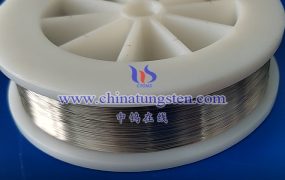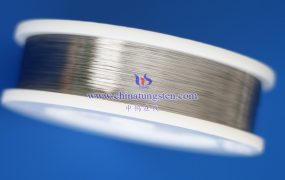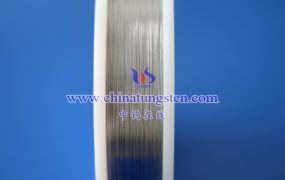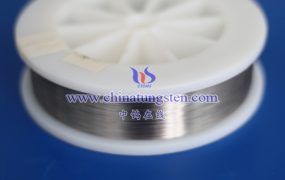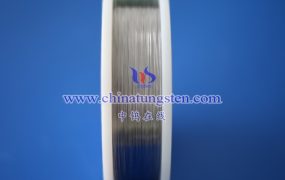In order to optimize the tungsten wire design to adapt to the intelligent dimming system, the following aspects can be considered:
- Material selection and purity improvement
High-purity tungsten wire: Select high-purity tungsten wire material to reduce the impact of impurities on luminous efficiency and stability. High-purity tungsten wire has better heat resistance and oxidation resistance, and can maintain stable luminous performance under high-frequency adjustment of the intelligent dimming system.
- Filament structure design
Spiral design: The spiral tungsten wire design can increase the heat dissipation area of the filament, improve the luminous efficiency, and reduce the overheating problem caused by excessive current. At the same time, the spiral design can also increase the mechanical strength of the filament and improve the seismic resistance.
Length and diameter optimization: According to the needs of the intelligent dimming system, optimize the length and diameter of the tungsten wire. Shorter tungsten wires may produce higher temperatures at the same power, thereby emitting light with a higher color temperature. However, too short tungsten wires may also cause excessive current density and increase losses. Therefore, it is necessary to find the best length and diameter combination under the premise of meeting the luminous needs.
- Combined with intelligent control technology
Dimmable, variable color temperature: Intelligent dimming systems usually require bulbs to have dimmable and variable color temperature functions. Therefore, in the design of tungsten wires, special coatings or structures can be considered to achieve this function. For example, by changing the type and pressure of the filling gas around the tungsten wire, the luminous efficiency and color temperature of the bulb can be adjusted.
Intelligent sensors and feedback: In the intelligent dimming system, intelligent sensors can be integrated to monitor the working status and environmental conditions of the bulb. These sensors can feed back data to the control system so that the working parameters of the tungsten wire, such as current, voltage, etc., can be adjusted in real time, thereby achieving more accurate dimming and color temperature control.
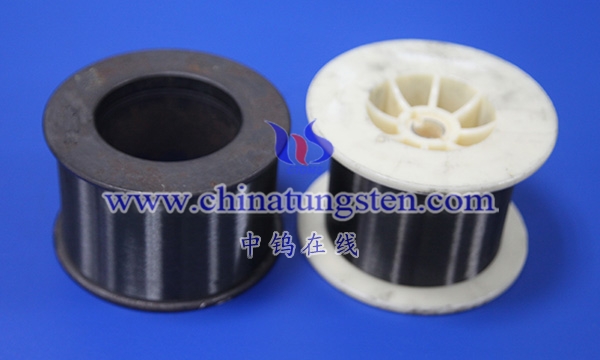
- Heat dissipation and protection design
Heat dissipation structure: In order to improve the heat dissipation performance of tungsten wires, special heat dissipation structures such as heat sinks and heat dissipation holes can be designed inside the bulb. These structures can effectively export the heat generated by the tungsten wire to prevent damage caused by overheating.
Protective coating: Coating a protective coating on the surface of the tungsten wire can improve its oxidation resistance and high temperature resistance. This helps to extend the service life of the tungsten wire and reduce performance degradation caused by environmental factors.
- Comprehensive testing and verification
Laboratory testing: various performance tests are performed on the optimized tungsten wire in a laboratory environment, , including luminous efficiency, color temperature stability, service life, etc. These tests can ensure that the tungsten wire design meets the needs of the intelligent dimming system.
Practical application verification: The optimized tungsten wire is applied to the actual intelligent dimming system for long-term operation test. By collecting and analyzing the operation data, the reliability and stability of the tungsten wire design are further verified.
More details of tungsten wires, please visit website: http://tungsten.com.cn/tungsten-wires.html
Please contact CHINATUNGSTEN for inquiry and order of tungsten needles:
Email: sales@chinatungsten.com
Tel.: +86 592 5129595

